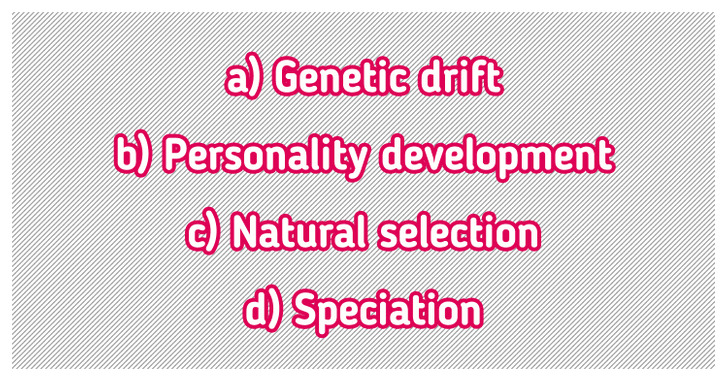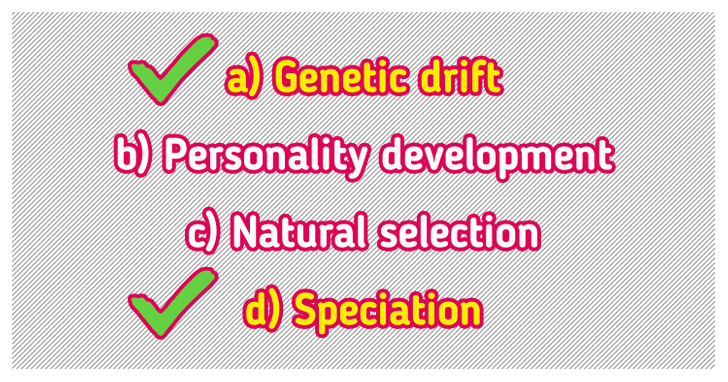A Guide to Evolution and How It Affected Our Planet
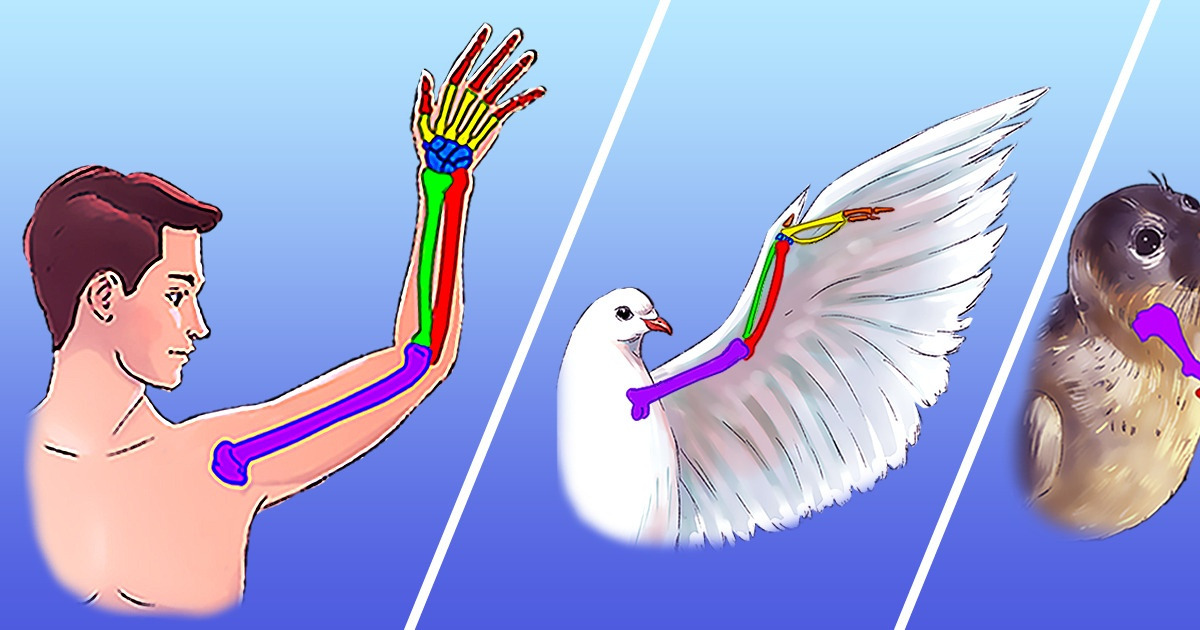
When we look at the world around us, we might notice many variations between different species of living beings. Some have wings, some have strong jaws, and some have developed a very powerful vision. If you’ve ever looked at birds and wondered why some have different beaks than others or why giraffes have long necks, then you are in the right place.
5-Minute Crafts prepared this article to give you some insight into evolution and how it’s affected all living beings on our planet.
The birth of the theory
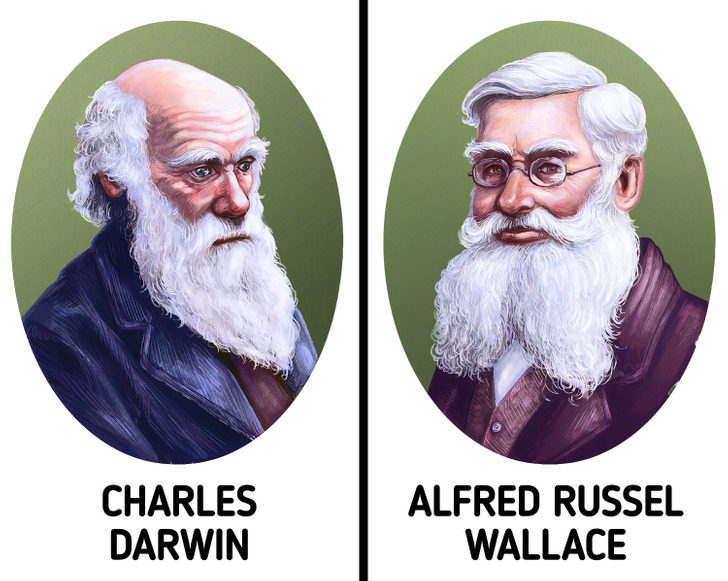
Compelling evidence that proved the theory of evolution came to light in the 19th century. That being said, it was actually Erasmus Darwin, an 18th-century doctor who was also a physiologist, who first proposed different views on the matter. But his theory didn’t gain traction until the doctor’s grandson, Charles Darwin, wrote and published a book titled On the Origin of Species.
Charles traveled on a ship at the beginning of his career and noticed similarities between plants and animals that lived on different islands. He believed that they all shared common descent. He then worked alongside naturalist and biologist Alfred Russel Wallace, and they introduced a version of the theory of evolution based on the idea of natural selection.
Darwin’s Finches
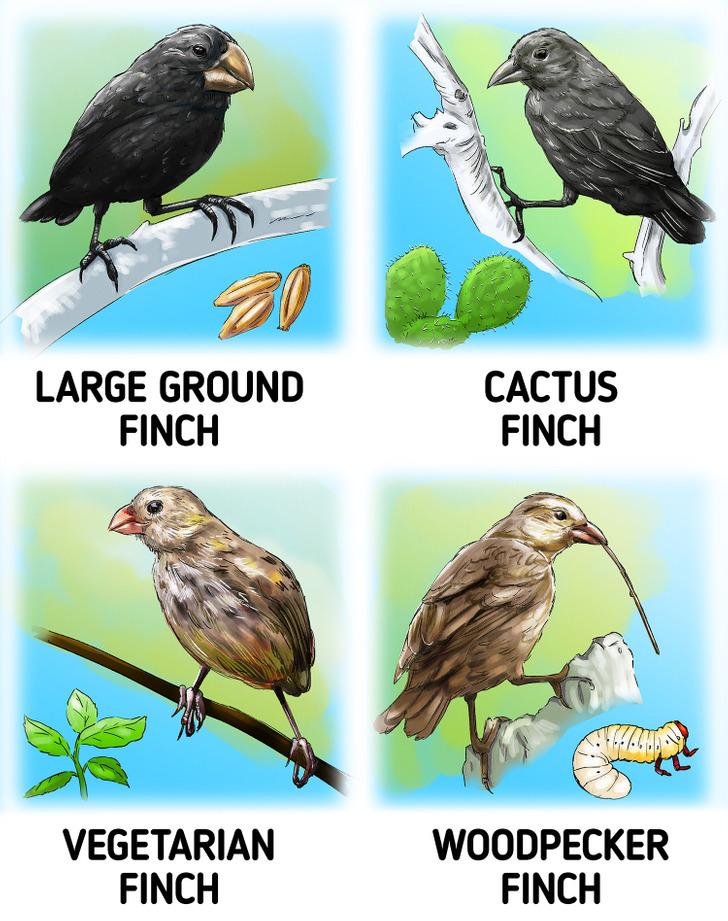
Darwin’s finches represent a group of 18 bird species that have an impressive diversity when it comes to their beaks, both in form and function. Charles Darwin collected and examined the finches during one of his travels and concluded that they had a common ancestor. It is believed that the finches’ ancestors migrated to the Galapagos Islands and, since they had the access to different types of food, they also had a different diet. Over time, the birds developed different beaks due to the food they ate and new species evolved.
A simple definition of evolution
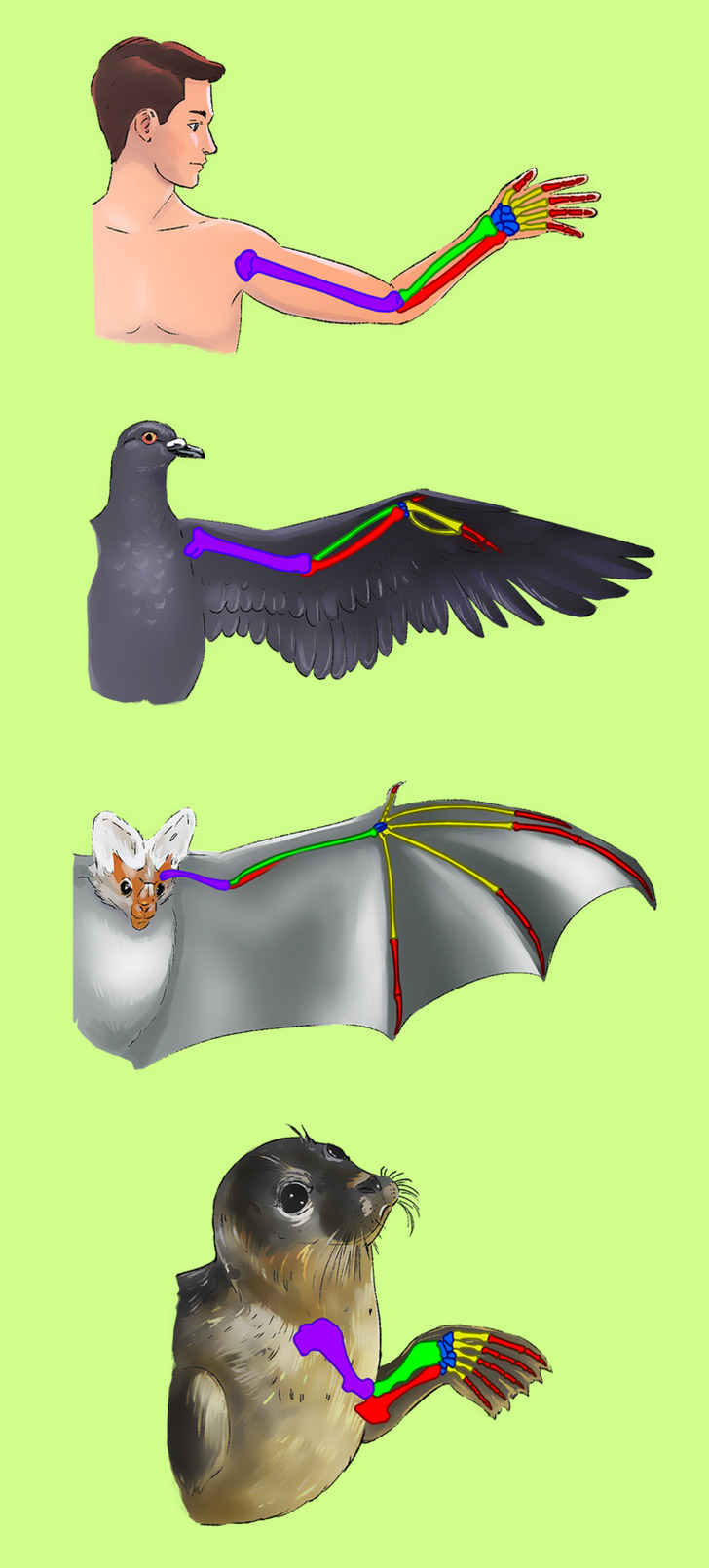
The best way to start learning about evolution is to understand the definition:
- The theory states that all living beings, even though they look different, share the same ancestor and that the changes happened gradually over a long period through different generations.
- That means that during reproduction, as we make copies of ourselves, we duplicate our DNA and pass it to the next generations.
- Inside the DNA chain, every cell contains information about our growth and function — it is like a set of instructions on how we are built.
- The information inside the DNA is different between species but also varies between beings of the same species — that is why some people have green eyes and blonde hair, and others have brown eyes and black hair. That can be the result of recombination or a DNA mutation.
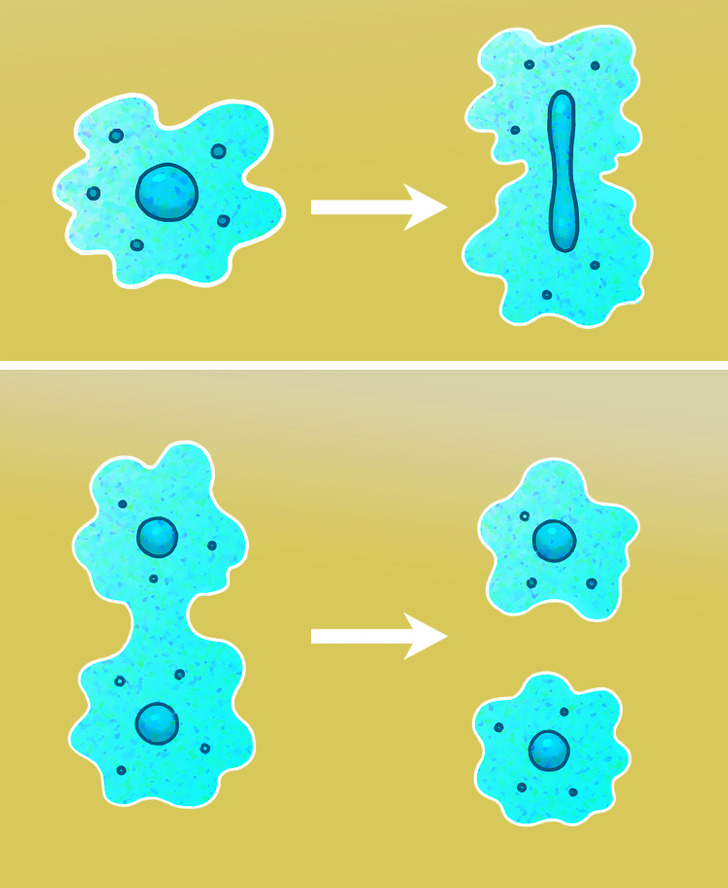
- Recombination is when the chromosomes of a father and a mother pair up and exchange the parts of their DNA. That can create unique and diverse combinations inside the species.
- However, mistakes can sometimes happen that may alter the DNA sequence. That’s called a DNA mutation and it can create an entirely new trait. For example, the offspring of a badger can inherit longer claws from its mother or wider paws from its father. During reproduction, she can also pass these characteristics to her offspring as the new DNA information is now written in her genetic code. Another example of DNA mutation is insects that, during a period of time, developed camouflage to hide from predators.
The role of natural selection
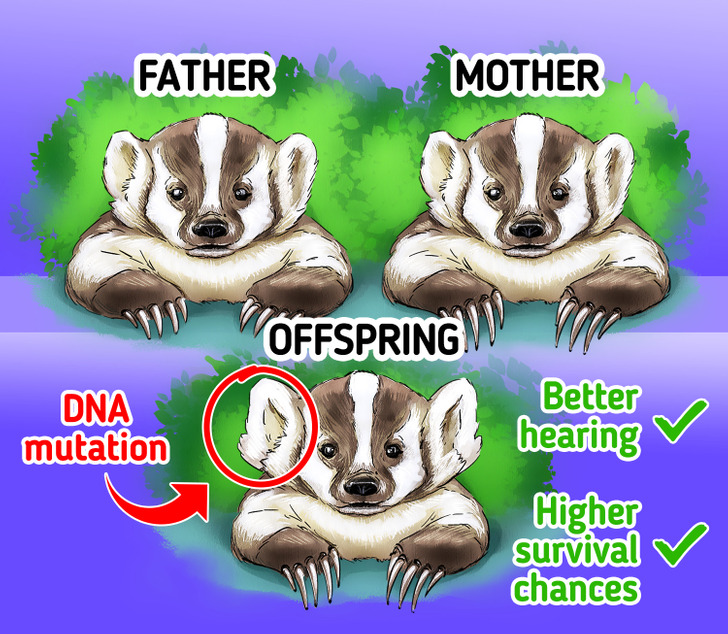
Traits determined by a DNA sequence can improve your chances of surviving. However, environmental circumstances can shape DNA as well. The successive generations will likely develop characteristics that will help them adapt, survive, and reproduce. That’s how natural selection determines which features favor individuals or groups to evolve and survive.
- For example: Hypothetically, if one organism develops a DNA mutation leading to better hearing, it will be able to notice a predator quickly and thus flee before being attacked. That, in turn, will increase its chances of survival, meaning it will live longer to reproduce and possibly pass this trait onto its offspring. Ultimately, more individuals will have better hearing if this keeps happening. But organisms that didn’t develop this trait will likely not survive long enough to reproduce. That also means that future generations will probably not inherit their genes.
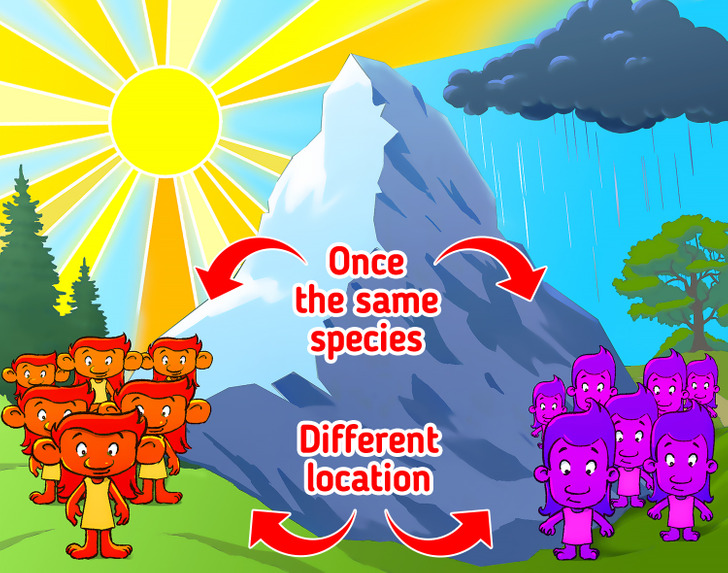
Sometimes, other factors can also lead to the development of specific traits. Some of them are:
- Genetic drift — organisms can evolve differently if they find themselves in a completely different place, separated from their group species.
- Luck — some organisms can survive calamities and reproduce due to mere luck, even though they maybe didn’t develop favorable traits for survival.
- Speciation — individuals from a once homogenous group can not only develop different characteristics due to natural selection, genetic drift, and luck but also geographical location. Due to various environmental conditions, populations of the same species can become 2 separate species over many years.
Bonus: Let’s check your knowledge!
1. Darwin’s theory of evolution states that evolution occurs by:
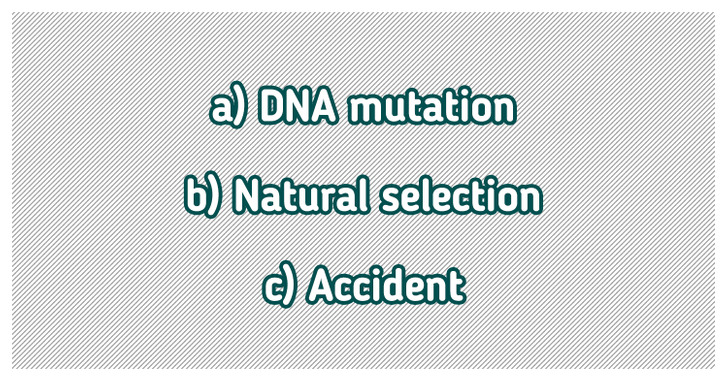
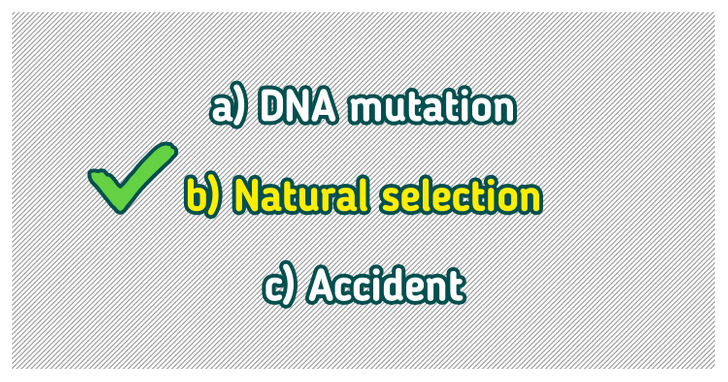
2. The theory also states that all living beings share the same:
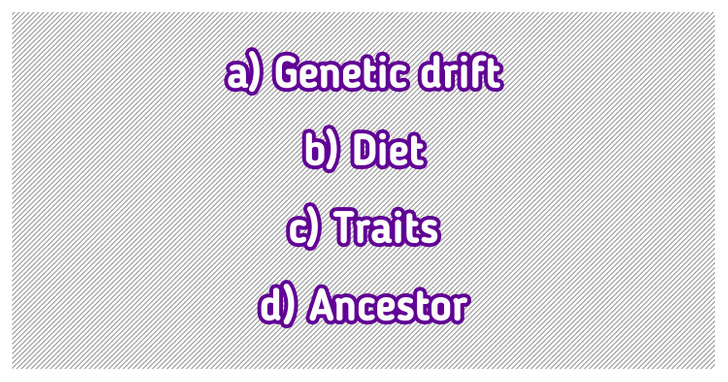
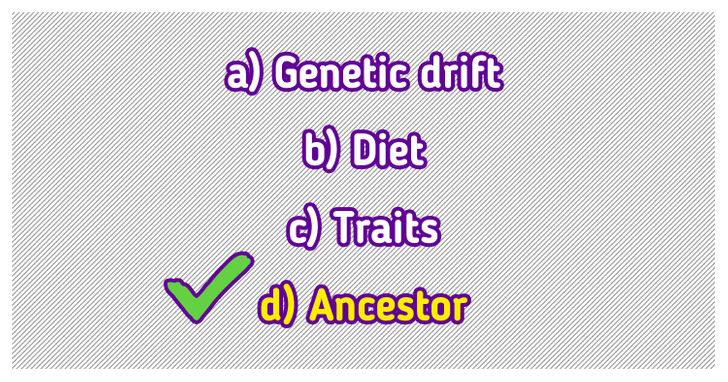
3. Evolution happens:


4. Some people have green eyes and others have brown eyes. This is a result of (2 answers):
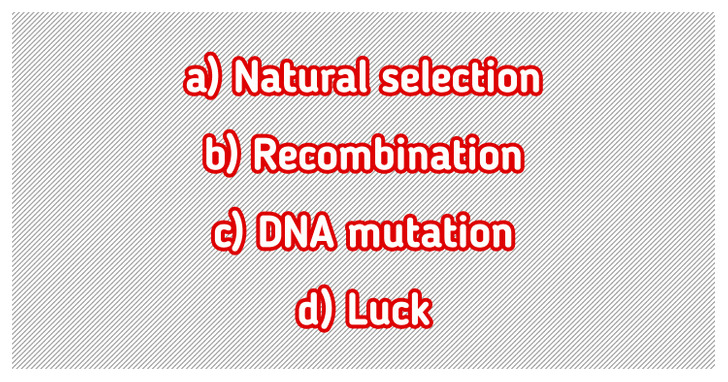
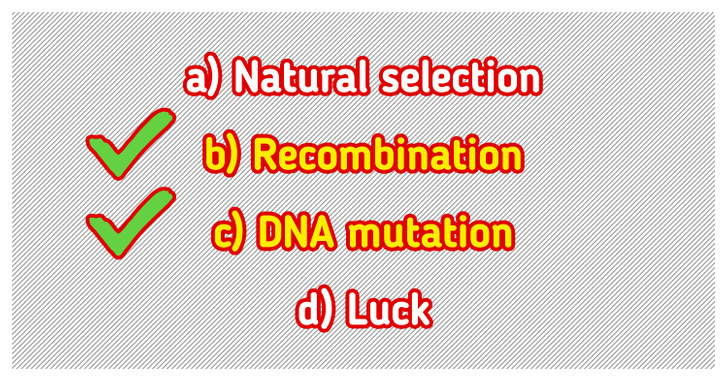
5. Other factors that can influence different trait development are (2 answers):
